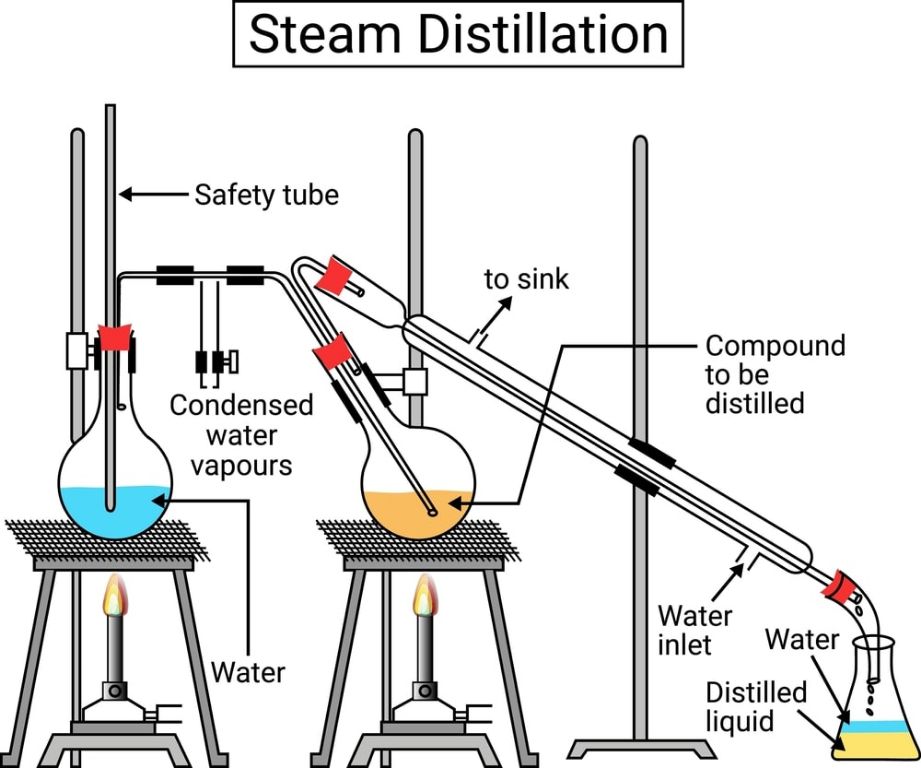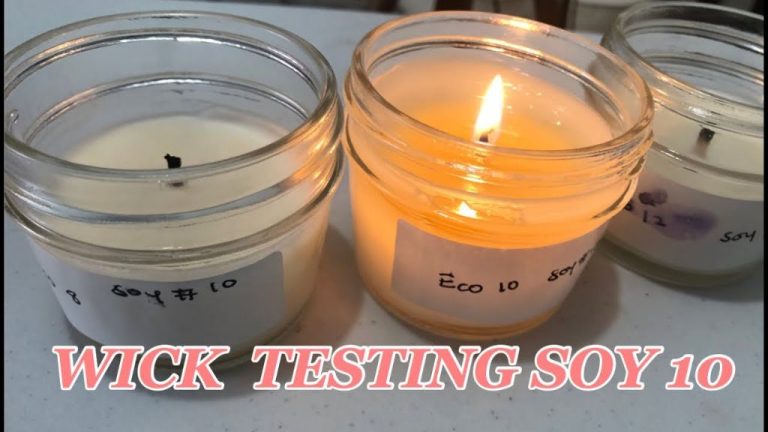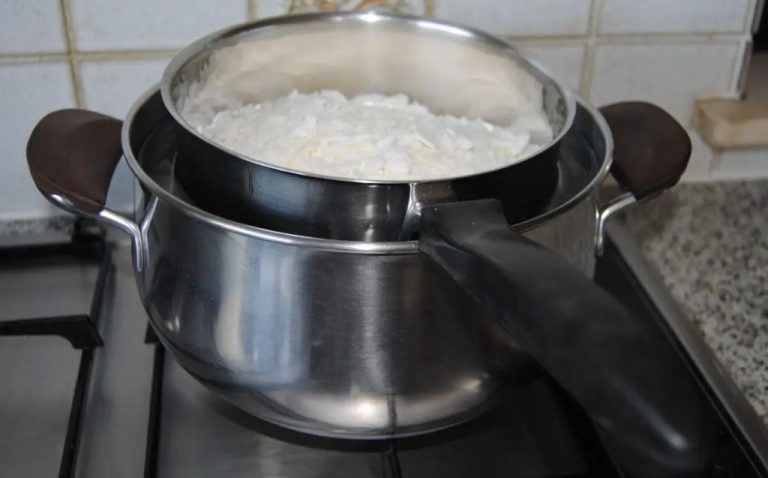Can You Distill Eucalyptus?
Eucalyptus oils have a long history of use dating back to the aborigines in Australia. They used the leaf extracts as traditional medicine for treating wounds, infections, and fever (1). In the mid-1800s, eucalyptus oil was commercially produced for the first time by Joseph Bosisto (2).
Eucalyptus oil is extracted from the dried leaves of Eucalyptus globulus and other Eucalyptus species. Steam distillation is commonly used to extract the essential oil from the leaves (1). The main component of eucalyptus oil is 1,8-cineole, which has antimicrobial properties (1).
Distilling eucalyptus at home allows you to create pure, high quality essential oil for aromatherapy, cleaning products, skin care, and other uses. Eucalyptus oil’s many benefits include supporting respiratory health, relieving pain, boosting immunity, and more (1).
Sources:
(1) https://en.wikipedia.org/wiki/Eucalyptus_oil
(2) https://www.aosproduct.com/blog/Essential-Oils/History-of-Eucalyptus-Oil
Eucalyptus Varieties for Distillation
There are over 700 species of eucalyptus, but only certain varieties are suitable for essential oil production. The most common species used include:
- Eucalyptus globulus – Also known as blue gum eucalyptus, this is the most widely used variety for oil extraction. It has a fresh, camphorous scent and produces oil rich in eucalyptol (cineole). It yields around 2.6% essential oil from the leaves (Eucalyptus oil).
- Eucalyptus radiata – Known as narrow-leaved peppermint gum, this variety has a more medicinal aroma. It contains a high percentage of eucalyptol and is commonly used in aromatherapy (4 Varieties of Eucalyptus Oil).
- Eucalyptus citriodora – The lemon-scented gum has a citrusy, uplifting scent. It contains a high percentage of citronellal and is valued for its insect-repelling properties (Eucalyptus oil).
Leaves and branches can be harvested from eucalyptus plantations or ethically wild-sourced. Proper identification of the species is crucial to ensure the correct chemical profile in the extracted oil.
Distillation Methods
The most common method for extracting eucalyptus oil is through steam distillation. This process uses steam to extract the valuable oil from the leaves and branches of the eucalyptus plant.
Steam distillation requires a still with a heat source, a boiler to generate steam, a condenser to cool and collect the distilled vapor, and a collection vessel. The eucalyptus plant material is placed in the still and steam passes through it, causing the essential oil to evaporate. The steam and oil vapor travels through a tube into the condenser where it cools and condenses back into liquid form. The oil and water separate, allowing the eucalyptus oil to be collected.
For small scale distillation, basic equipment like a large stockpot fitted with a lid and tube can be used as a makeshift still. Stainless steel or copper material is ideal. The pot should be large enough to hold a few pounds of plant material. The tube runs from the pot to a collection container placed in ice water or flowing water to act as the condenser.
The process typically takes 2-3 hours. Water in the pot is brought to a boil, generating steam. A temperature around 212°F is ideal during the active distillation. The process is complete when no more oil drips from the condenser. Slow heating and low steady boiling helps maximize oil yield.
Sources: https://www.ethosnatura.com/what-is-steam-distillation-of-essential-oils/, https://making.com/eucalyptus-oil
Eucalyptus Oil Yield
The average eucalyptus oil yield from eucalyptus leaves ranges quite a bit depending on species and distillation methods. According to research by Gu (2019) from https://www.jstor.org/stable/26804396, oil yield was highest at 5.9% from the dry leaves of Eucalyptus citriodora trees that were pollarded at 1 meter height. Other research by Elaissi et al. (2012) found oil yields ranging from 0.5% to 5% for different eucalyptus species when extracting via steam distillation https://www.ncbi.nlm.nih.gov/pmc/articles/PMC3793238/.
There are a few key factors that can help maximize oil yield when distilling eucalyptus leaves:
- Using young leaves, as they contain more oil
- Distilling leaves soon after harvesting
- Using optimized distillation time and temperature
- Ensuring proper drying of leaves before distillation if needed
With careful attention to these parameters, it’s possible to achieve oil yields approaching the maximum reported for each species.
Eucalyptus Oil Properties

The chemical composition of eucalyptus oil can vary significantly between species, but typically contains high concentrations of the compounds eucalyptol (also known as cineole) and alpha-pinene. According to research, the major constituents of eucalyptus leaves essential oils are 1,8-cineol (49.07 to 83.59%) and α-pinene (1.27 to 26.35%) [1]. These compounds give eucalyptus oil its medicinal properties and distinct aroma profile.
The aroma of eucalyptus oil is penetrating, woody, and refreshing. The high concentration of cineole provides an intense camphoraceous, pine-like scent. The presence of alpha-pinene adds a milder, sweeter undertone. Together these compounds make eucalyptus oil instantly recognizable by its medicinal, herbaceous fragrance.
Medicinally, eucalyptus oil has powerful antibacterial, antiviral, and anti-inflammatory effects. Research indicates the 1,8-cineol in eucalyptus inhibits cytokine production to reduce inflammation [2]. The oil is commonly used in medicinal preparations, cleaning products, and aromatherapy due to its therapeutic properties.
Uses of Eucalyptus Oil
Eucalyptus oil has many beneficial uses, thanks to its anti-inflammatory, antimicrobial, and pain-relieving properties. Some of the top uses of eucalyptus oil include:
Aromatherapy and Diffusion
Eucalyptus oil is commonly used in aromatherapy. Its fresh, invigorating scent can help promote feelings of vitality. Diffusing eucalyptus oil can help purify the air and provide an energizing boost. Studies show inhaling eucalyptus oil can help relieve congestion and respiratory issues like coughs, colds, and asthma (1).
Natural Cleaning Products
Thanks to its antimicrobial activity, eucalyptus oil is an effective natural cleaner. Adding a few drops to all-purpose cleaners provides disinfecting properties. The pleasant scent also acts as a natural deodorizer. Eucalyptus oil can be used to help sanitize countertops, floors, and other household surfaces (2).
Cosmetics and Personal Care
Eucalyptus oil is added to many over-the-counter products like mouthwashes, soaps, and skin care due to its anti-inflammatory properties. When diluted and applied topically, eucalyptus oil can help treat minor wounds, burns, bug bites, and muscle soreness. It also acts as an insect repellent.
Safety Considerations
When handling and using eucalyptus oil, there are some important safety guidelines to follow:
Eucalyptus oil is very concentrated and can be toxic if ingested undiluted. According to WebMD, taking just 3.5mL of pure eucalyptus oil by mouth can be fatal. Always dilute eucalyptus oil properly before using it internally.
Do not apply undiluted eucalyptus oil directly to the skin as it can cause irritation. Always mix eucalyptus oil with a carrier oil like coconut or olive oil before topical use. Follow dilution guidelines on the product label or use 0.5-1% eucalyptus oil for a 2-3% dilution.
Do not place eucalyptus oil on the face or nose of children under 2 years old as it can cause respiratory issues. Eucalyptus oil should always be kept out of reach of young children.
When inhaling eucalyptus oil, only use 1-3 drops at a time as excessive inhalation can cause headaches, dizziness, and nausea. Discontinue use if any negative reactions occur.
Always consult a doctor before using eucalyptus oil if pregnant, breastfeeding, or taking any medications, as eucalyptus can interact with certain drugs. Those with health conditions like diabetes, heart disease, and asthma should exercise additional caution.
Storing Eucalyptus Oil
Proper storage is crucial for maintaining the quality and shelf life of eucalyptus oil. There are a few key considerations when selecting storage containers and conditions:
• Use dark glass bottles with tight-fitting lids to store eucalyptus oil. Light and air exposure can degrade the oil over time, so minimizing this is ideal (Now Foods, 2022). Amber or cobalt blue bottles are best for blocking light.
• Store eucalyptus oil away from heat and humidity. A cool, dark place like a pantry or cupboard is optimal. Refrigeration can also help prolong shelf life if oil is used infrequently (Young Living, 2020).
• Only fill containers partially to leave headspace, as oxygen contact degrades quality. Top up bottles to minimize air exposure (New Directions Aromatics, 2021).
• Shelf life can range from 1-3 years if properly stored. Citrus-based eucalyptus oils have shorter shelf lives around 6-12 months (New Directions Aromatics, 2021).
Following proper storage methods will maintain the aroma, therapeutic benefits, and overall quality of eucalyptus oil for the duration of its shelf life.
Comparing Commercial vs Homemade
Making your own eucalyptus oil at home can provide significant cost savings compared to buying commercially produced oil. Commercial eucalyptus oil can cost $10-20 for a small bottle, whereas homemade oil only requires the cost of materials like jars, cheesecloth, and fresh eucalyptus leaves which are very affordable. According to one source, homemade eucalyptus oil costs around $2-5 for a batch, making it 80-90% cheaper than commercial oil.
In terms of quality, homemade eucalyptus oil can be just as potent and effective as commercial varieties when the distillation process is done correctly. However, commercial producers often blend their eucalyptus oil with other complementary essential oils which provide additional aromatic and therapeutic benefits. Creating your own custom blends at home by adding oils like lavender, lemon, peppermint and tea tree allows you to tailor the fragrances and properties of your homemade eucalyptus oil.
Overall, distilling eucalyptus oil yourself significantly reduces costs while allowing you to experiment with different eucalyptus varieties and custom oil blends. However, bottled commercial varieties offer convenience and consistent quality without requiring any equipment or effort.
Next Steps After Distillation
Once you have extracted the eucalyptus essential oil through steam distillation, there are several next steps to take in order to make use of the oil. Here are some of the main things to consider:
Testing and Quality Analysis
It’s important to test the quality and purity of the eucalyptus oil you have extracted. Some key tests include:
- Gas chromatography-mass spectrometry to identify the chemical composition and ensure there are no contaminants or adulterants
- Organoleptic testing to evaluate odor, color, taste
- Refractive index, specific gravity, and optical rotation to measure physical properties
Professional laboratories can conduct these tests and provide a certificate of analysis. This helps determine if the oil meets quality standards for therapeutic and commercial use (Source 1).
Blending and Formulations
Eucalyptus oil is very strong and usually needs to be diluted before use, especially for skincare. You can blend eucalyptus oil with carrier oils like coconut, jojoba, or sweet almond. The typical safe dilution is 1-3% eucalyptus oil mixed with a carrier. You can also blend eucalyptus with other essential oils like lavender, lemon, peppermint, etc. Experiment with different aroma formulations for various therapeutic benefits.
Marketing and Selling
If you want to sell your homemade eucalyptus oil, you’ll need to properly package and label it. Make sure to include the Latin name (Eucalyptus globulus, Eucalyptus radiata, etc), any safety warnings, recommended uses, and batch or lot number. You can sell through online stores, local retailers, craft fairs, etc. Developing your brand identity and marketing strategy is key. Promote the natural, small-batch, homemade aspects that customers value over mass-produced oils.



